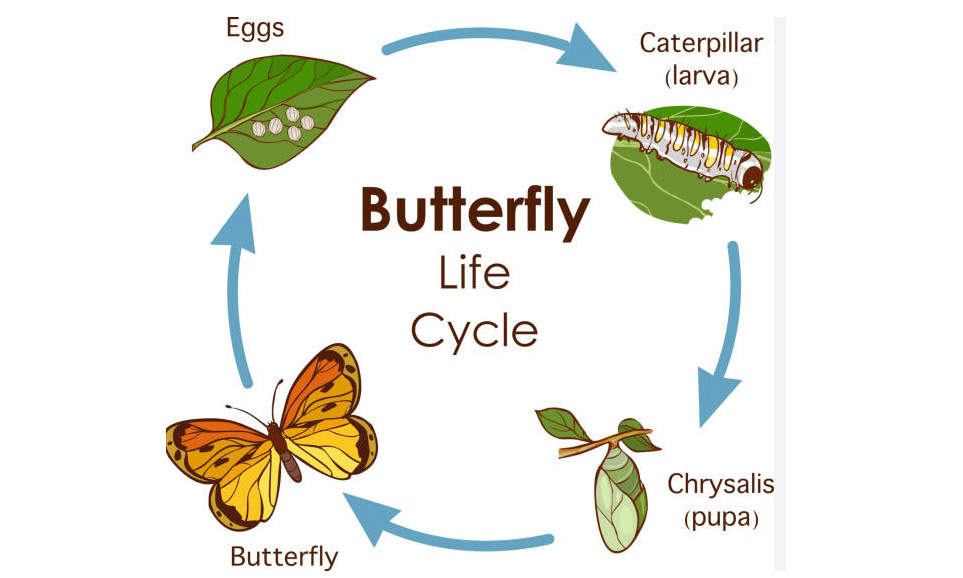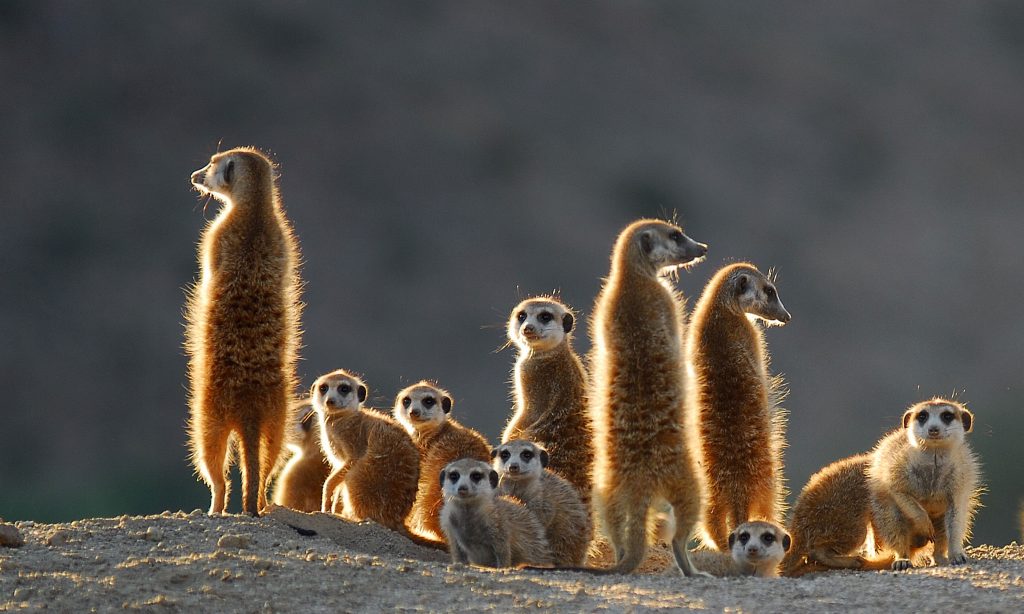Killer whales, also known as orcas, are among the most awe-inspiring creatures to grace the world’s oceans. With their striking black and white markings and powerful presence, these marine mammals command attention and fascination wherever they roam. Let’s dive into a comprehensive killer whale introduction, exploring their biology, behavior, habitat, and conservation status.
1. Anatomy and Physical Characteristics
Killer whales are easily recognizable by their distinct black and white coloration, sleek bodies, and prominent dorsal fins. They belong to the dolphin family, Delphinidae, and are the largest members, with males typically reaching lengths of up to 30 feet and weighing as much as 12,000 pounds. Their iconic black and white coloring serves as effective camouflage in the water, helping them to blend in with their surroundings and ambush prey.
2. Social Structure and Behavior – killer whale introduction
Killer whales are highly social animals, living in complex social groups known as pods. These pods typically consist of family members, including mothers, offspring, and siblings, and can range in size from a few individuals to as many as 40 or more. Within pods, killer whales exhibit sophisticated communication and cooperative hunting strategies, making them formidable predators in the marine ecosystem.
3. Diet and Feeding Habits
As apex predators, killer whales have a diverse diet that includes fish, squid, seals, sea lions, and even other cetaceans such as dolphins and whales. They are opportunistic hunters, employing a variety of hunting techniques depending on their prey and the conditions of their environment. Some killer whale populations have developed unique feeding strategies, such as beaching themselves to capture seals on shorelines or creating waves to knock prey off ice floes.
4. Global Distribution and Habitat
Killer whales are found in oceans around the world, from the Arctic and Antarctic regions to tropical seas. They are highly adaptable and can thrive in a wide range of environments, including open ocean, coastal waters, and even estuaries and fjords. However, they tend to prefer cooler, nutrient-rich waters where their prey is abundant.

5. Threats and Conservation Status
Despite their formidable reputation, killer whales face a range of threats in the wild, including habitat loss, pollution, climate change, and depletion of prey species. Additionally, killer whales are sometimes captured for display in marine parks and aquariums, leading to concerns about the welfare of captive individuals and the impact on wild populations. Conservation efforts aimed at protecting killer whales and their habitats include habitat conservation, pollution reduction, and regulations on commercial fishing and marine mammal viewing activities.
6. Cultural Significance and Mythology
Throughout history, killer whales have held a special place in the mythology and cultural traditions of indigenous peoples around the world. In many cultures, they are revered as symbols of strength, wisdom, and protection, while in others, they are feared as powerful spirits or supernatural beings. Today, killer whales continue to inspire awe and wonder in people of all ages, serving as ambassadors for the conservation of marine ecosystems and the protection of biodiversity.
7. Research and Scientific Study
Scientists continue to study killer whales to better understand their biology, behavior, and ecological role in marine ecosystems. Research efforts include population monitoring, genetic analysis, acoustic studies, and satellite tracking to gain insights into their movements, migration patterns, and social dynamics. By unraveling the mysteries of these majestic creatures, researchers hope to inform conservation strategies and ensure the long-term survival of killer whale populations for future generations to admire and appreciate.
In conclusion, killer whales are iconic symbols of the ocean’s majesty and power, captivating the imagination with their beauty, intelligence, and grace. Through ongoing research and conservation efforts, we can work together to protect these magnificent creatures and preserve the rich diversity of life in our planet’s oceans.




